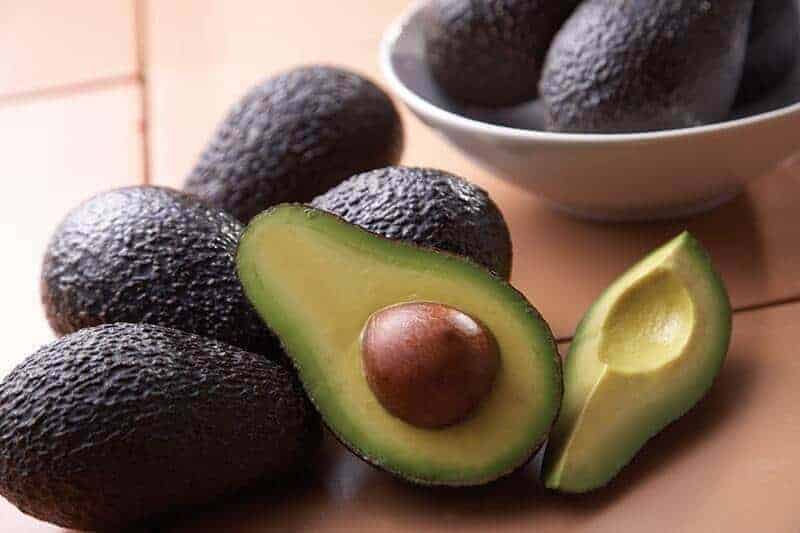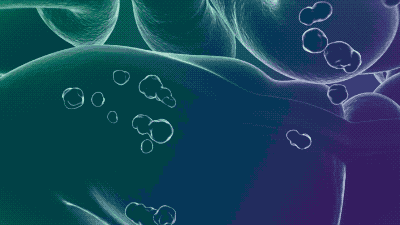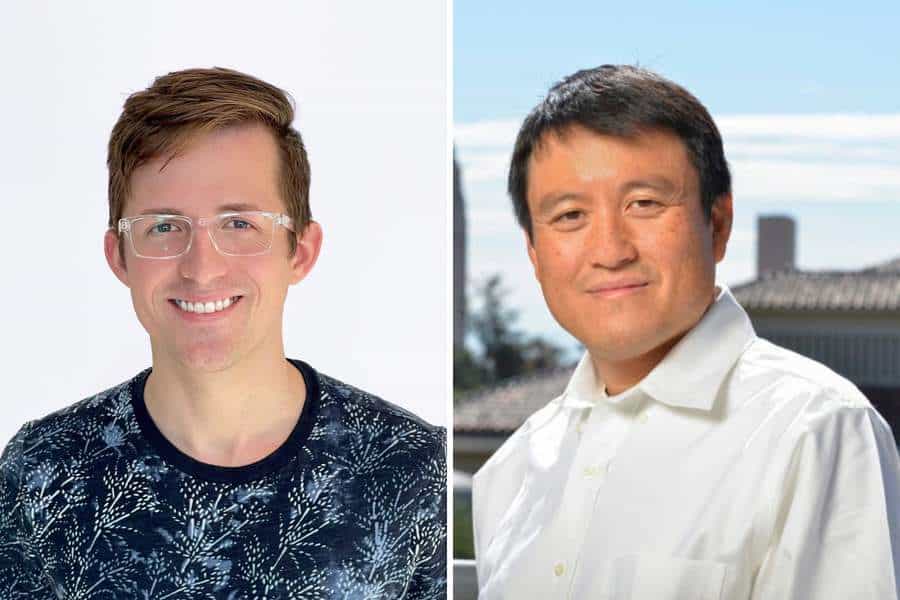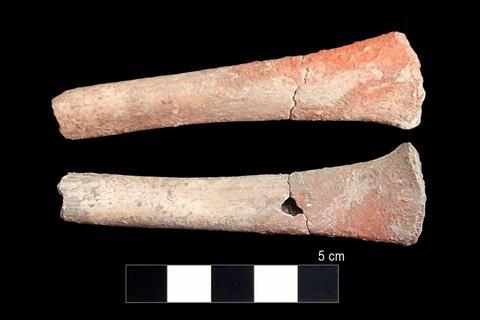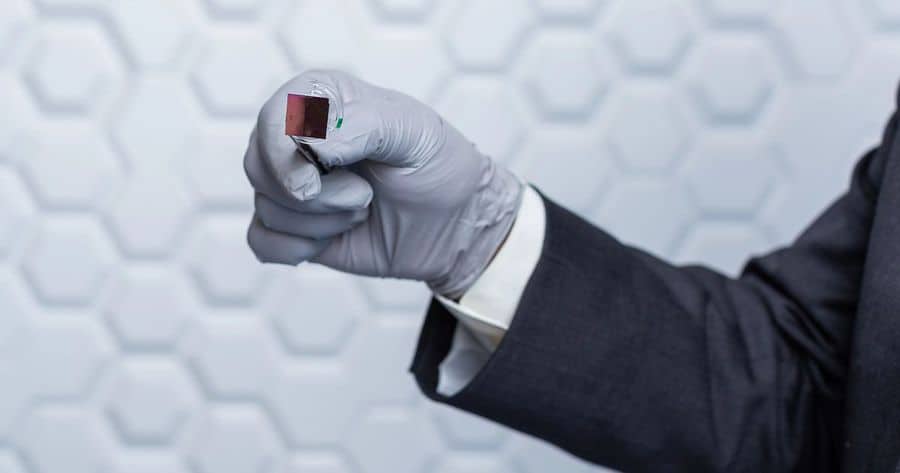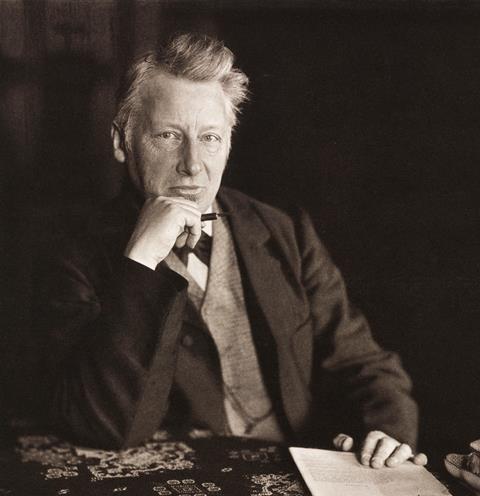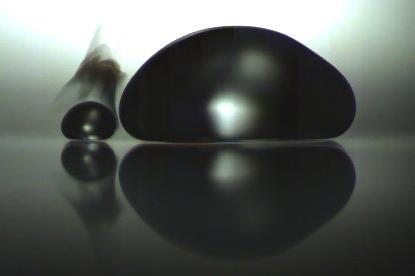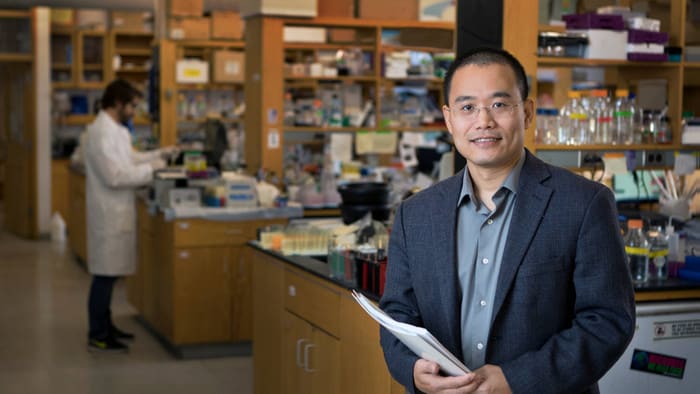Researchers have developed a new approach to machine learning that ‘learns how to learn’ and out-performs current machine learning methods for drug design, which in turn could accelerate the search for new disease treatments. The method, called transformational machine learning (TML), was developed by a team from the UK, Sweden, India and Netherlands. It learns […]
Read More
